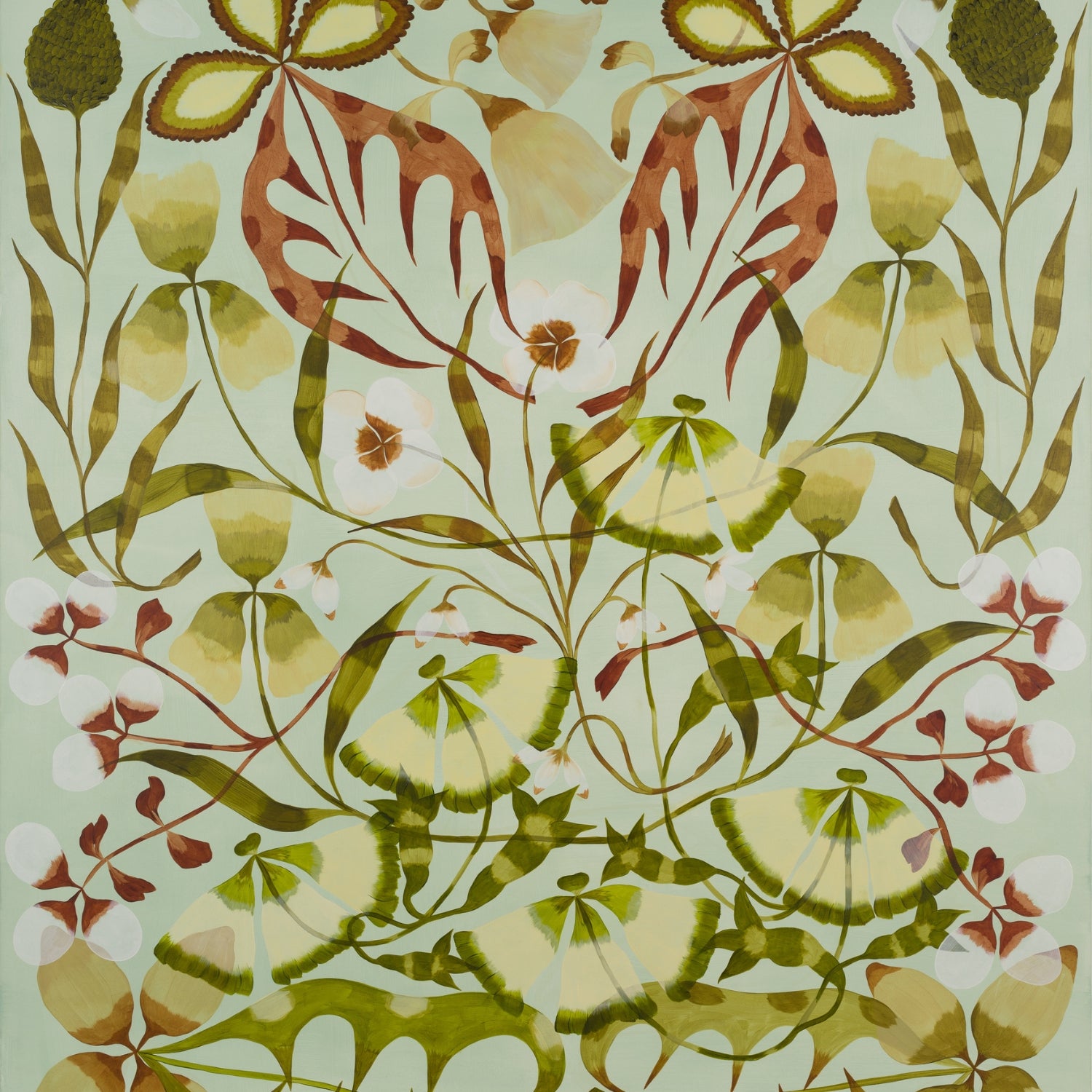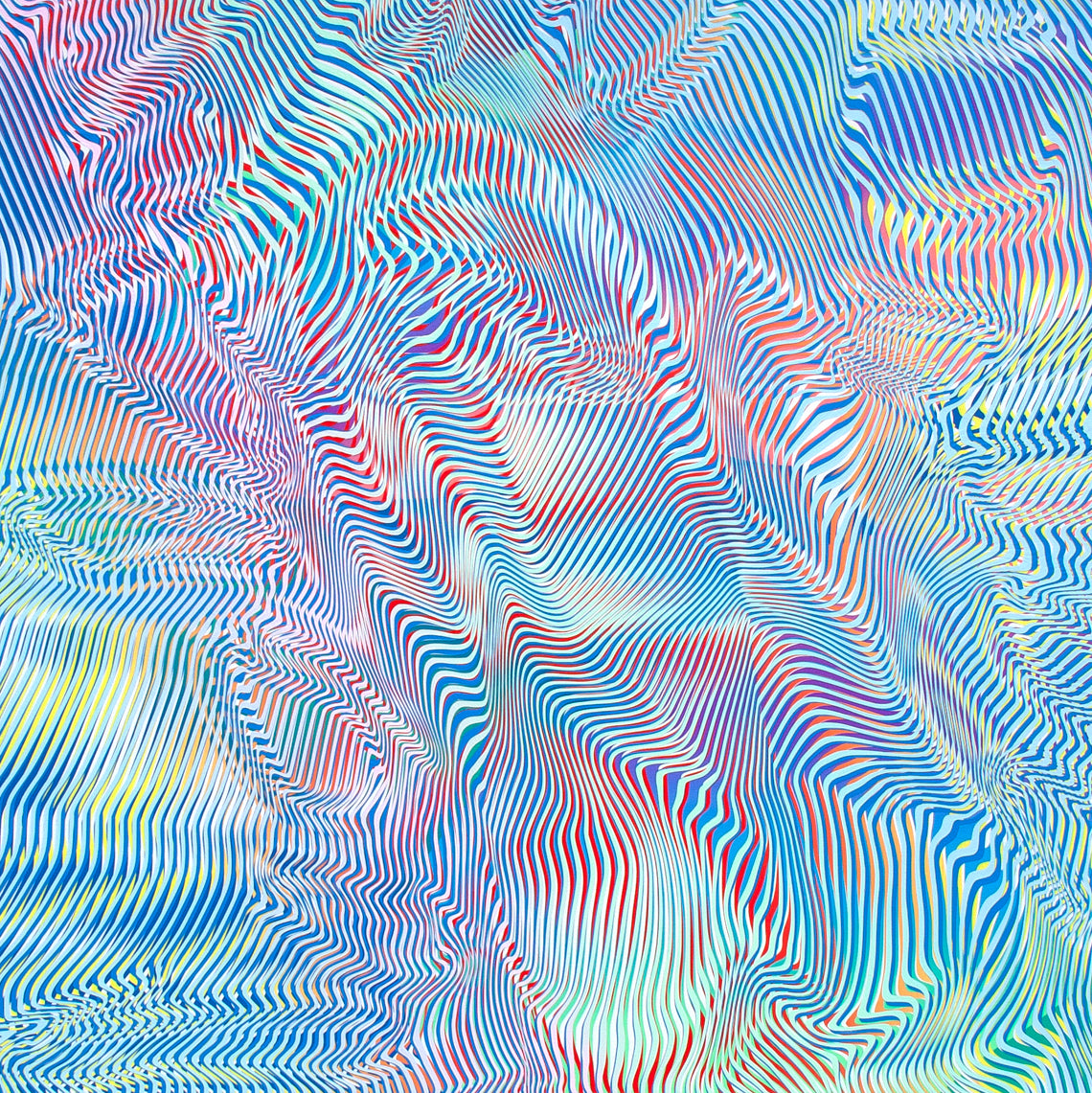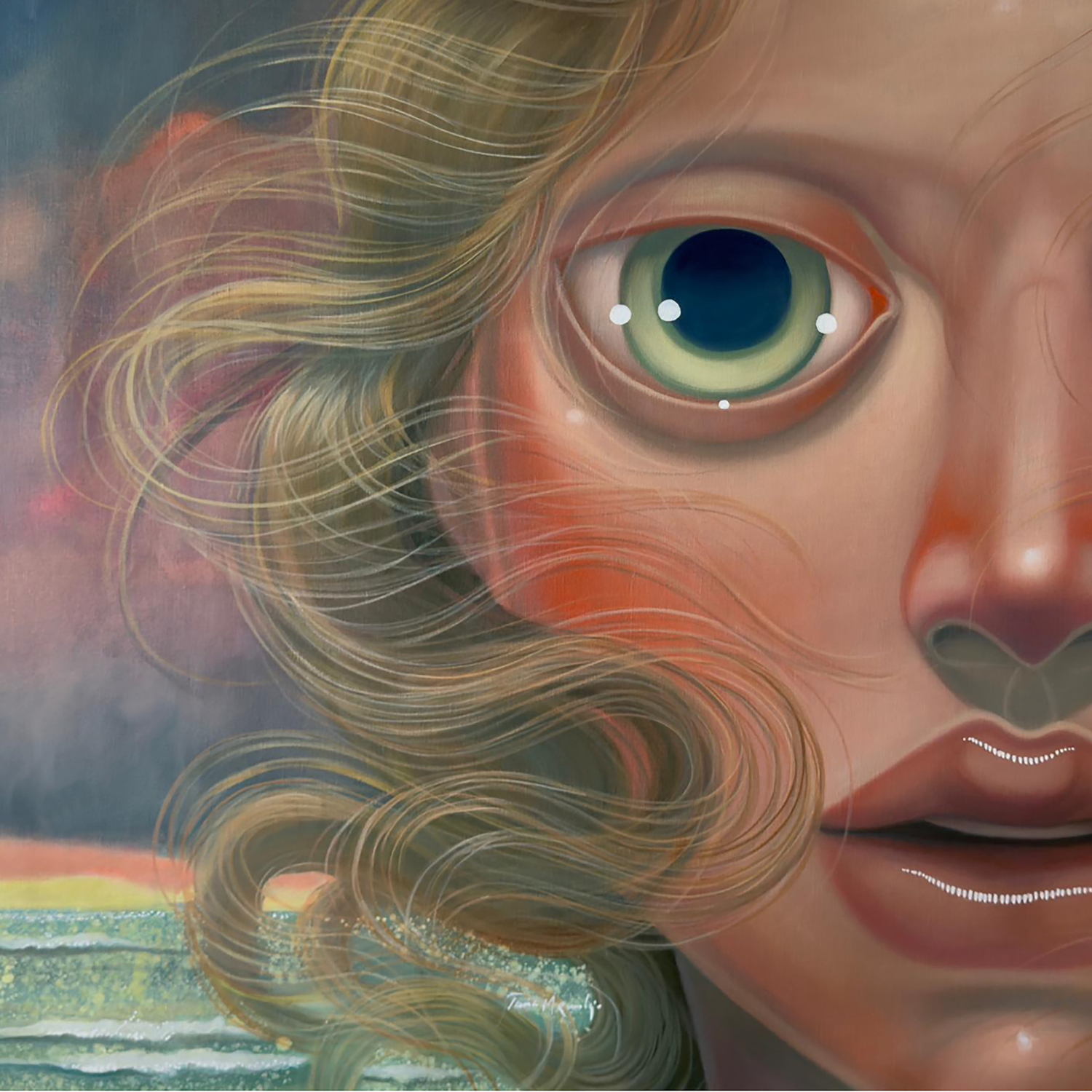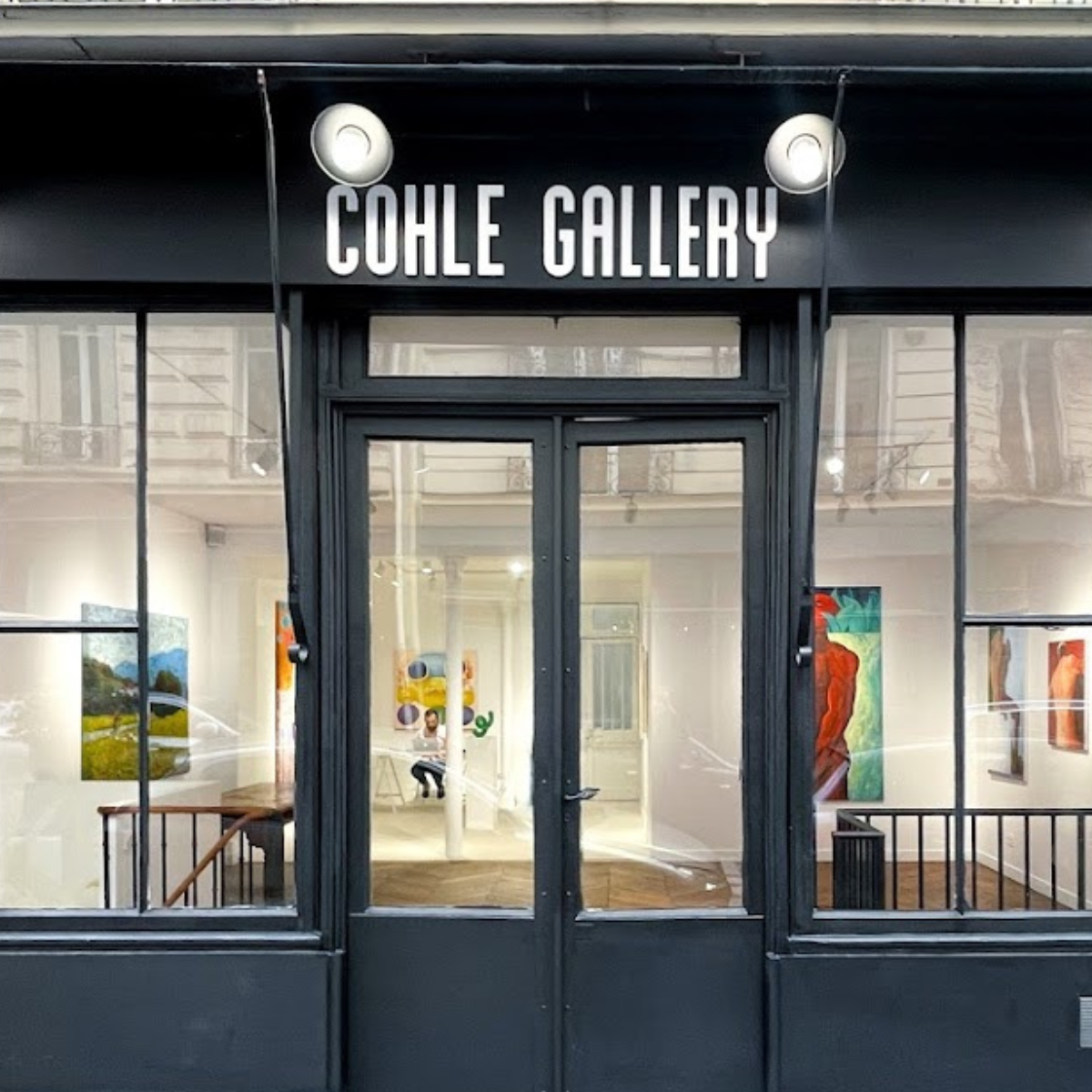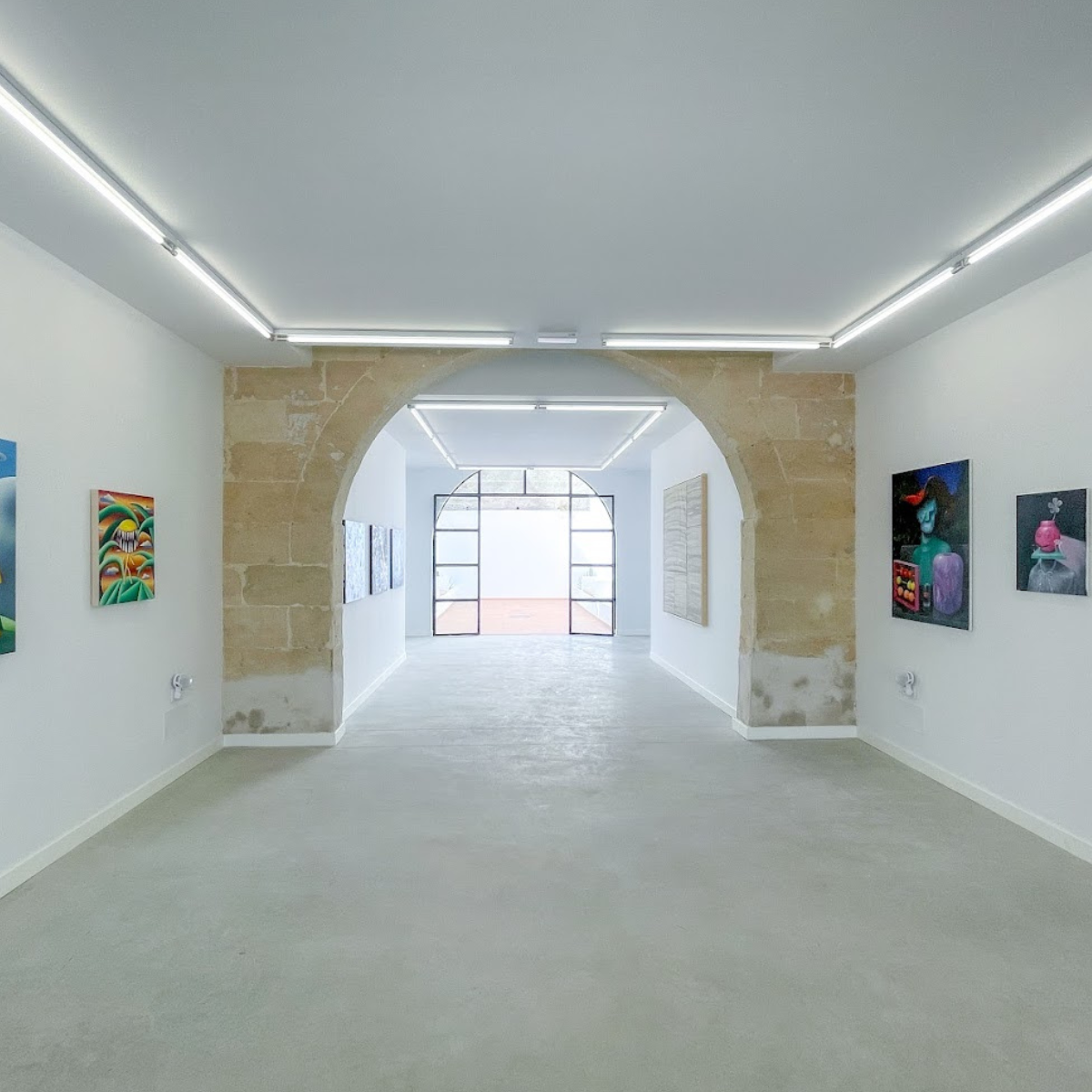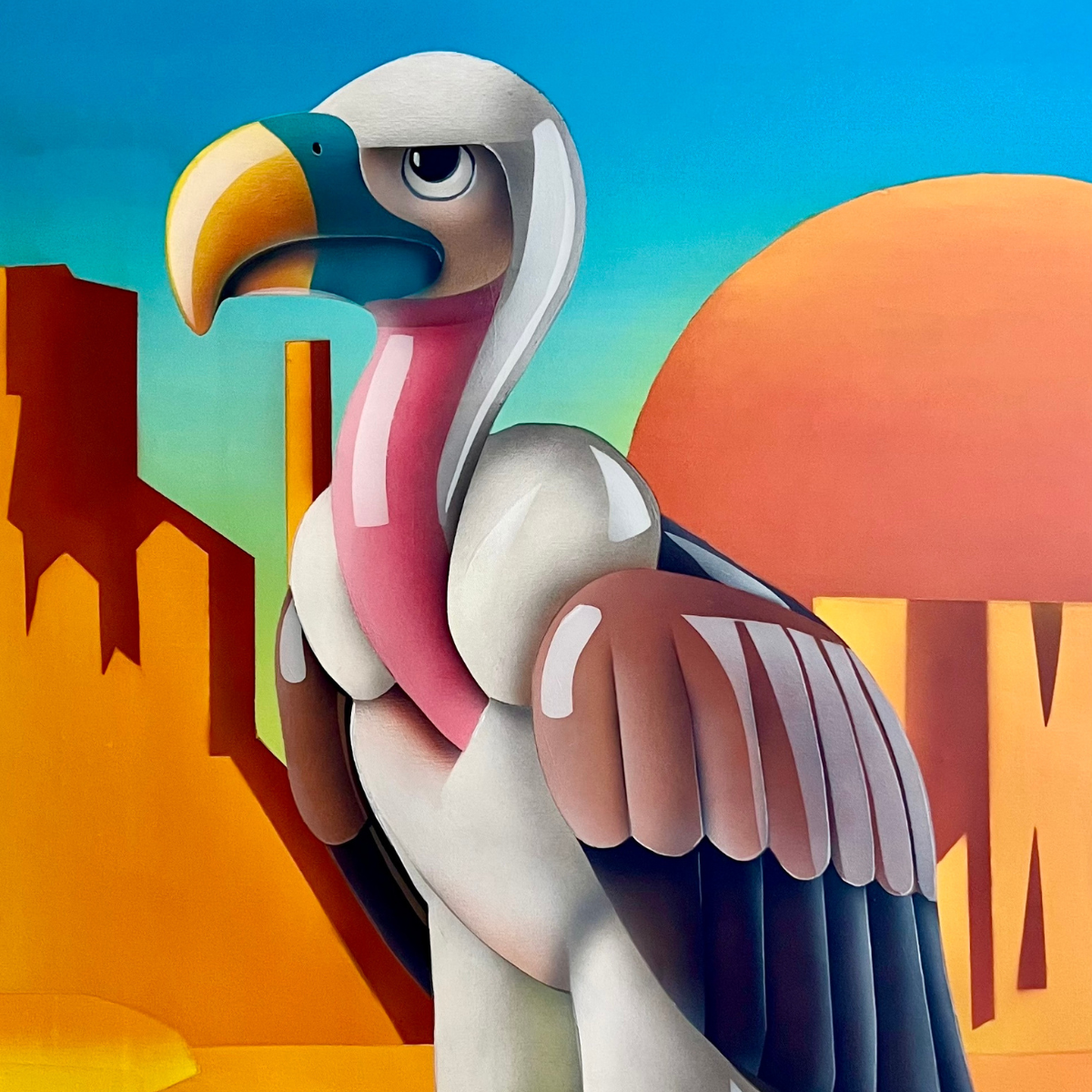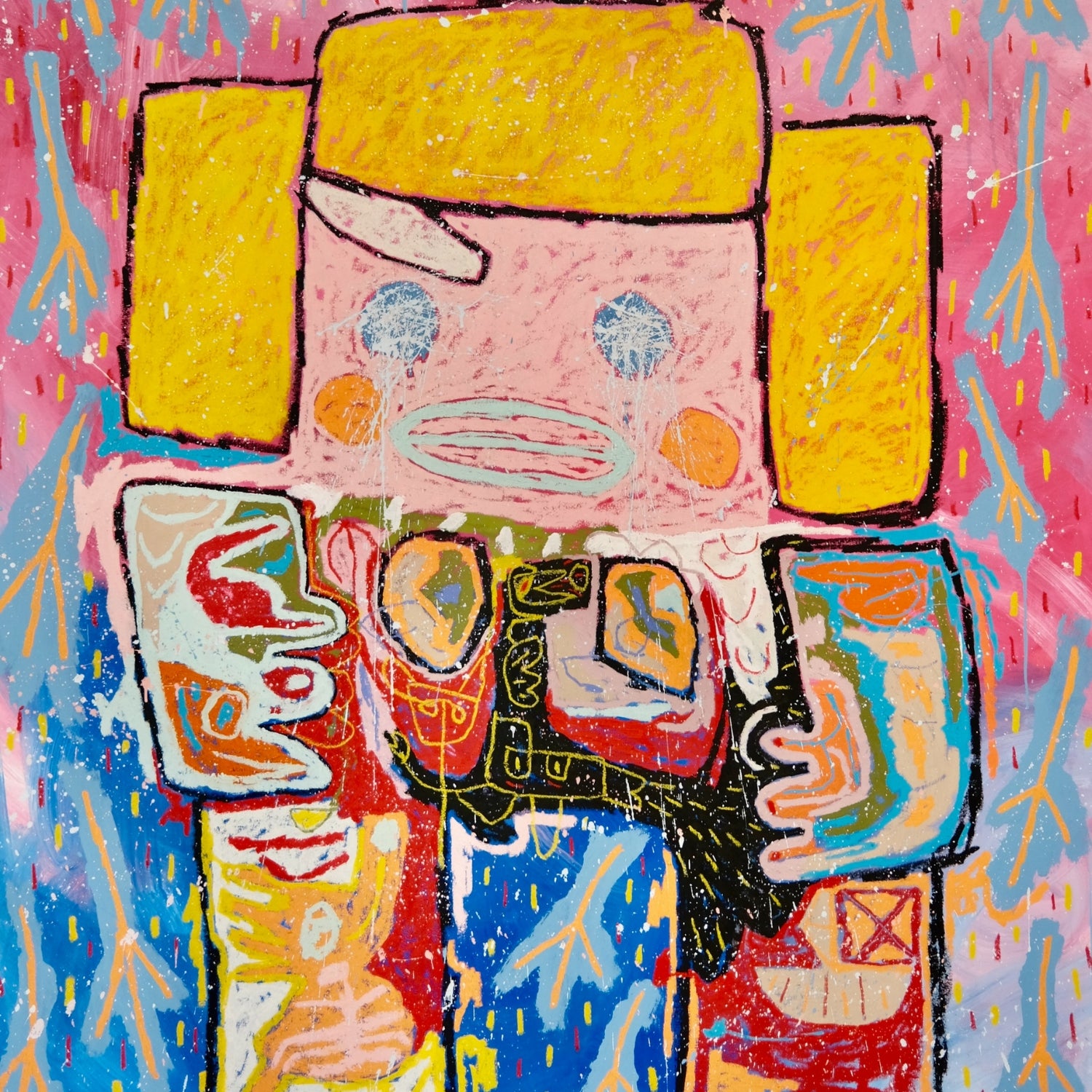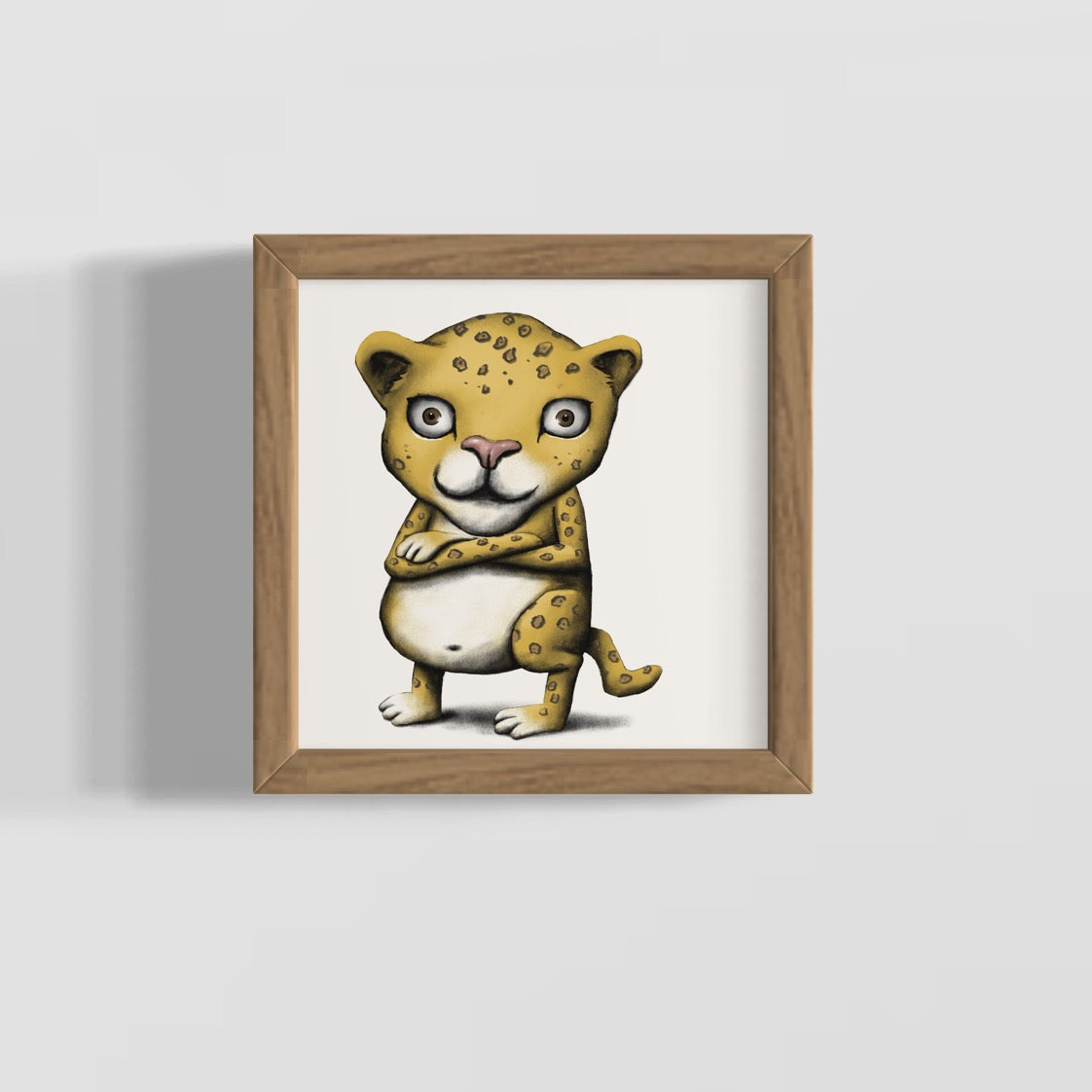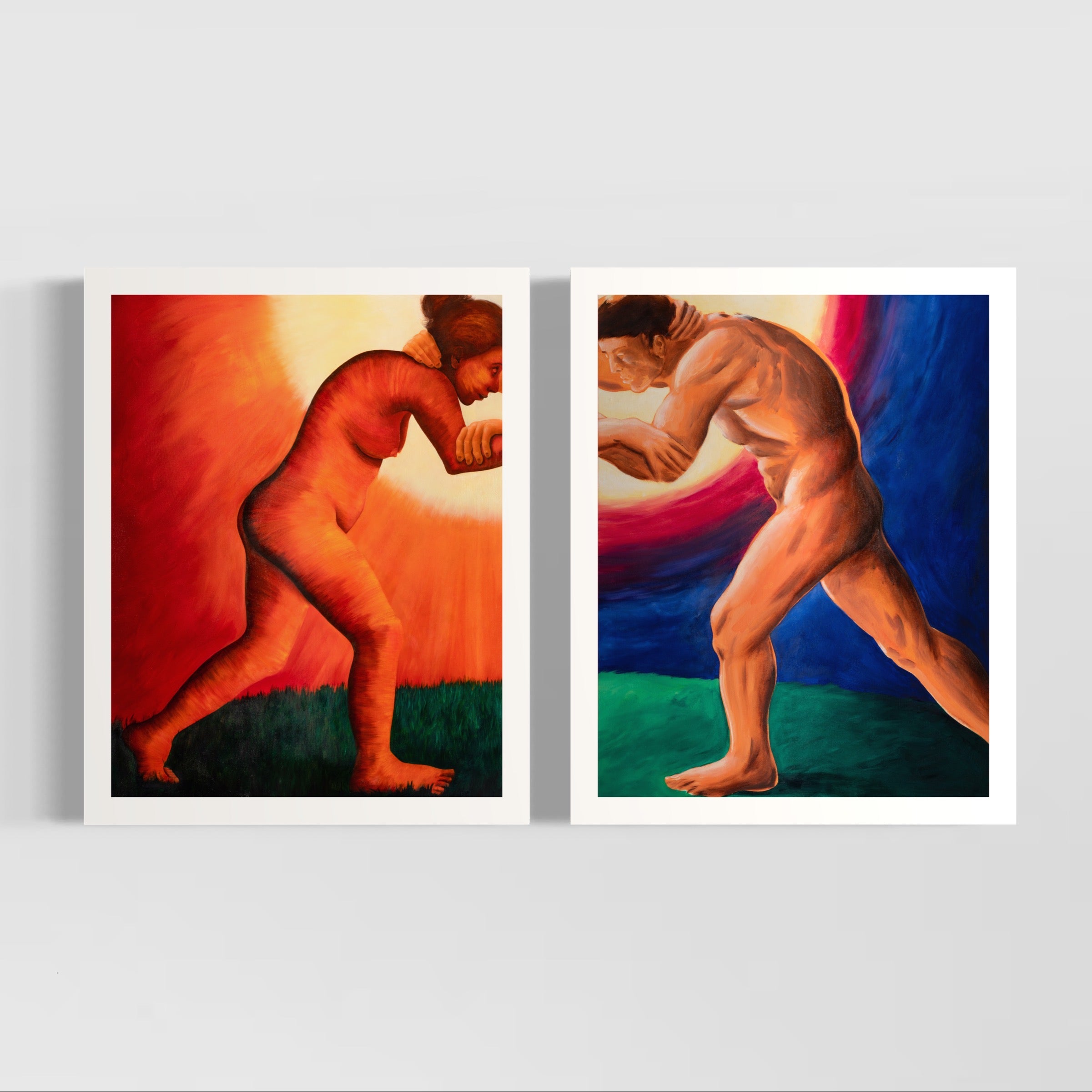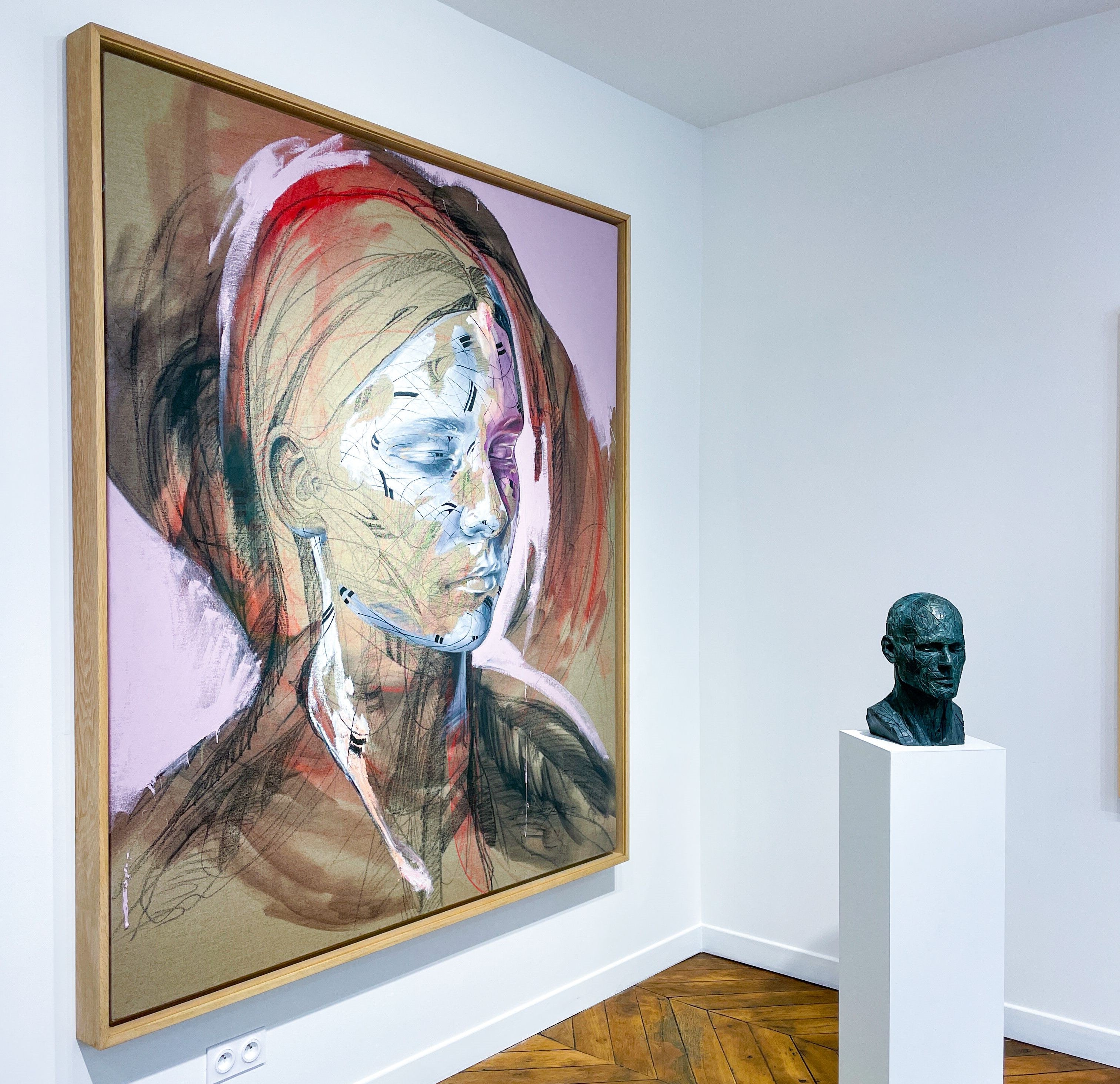Figurative Art - a complete dive into the world of Figurative Abstract Art movement
Figurative art refers to works depicting recognizable figures and objects from real life. While abstraction rejects identifiable forms, figurative art incorporates realism with imagination. This creates compelling compositions that allow personal interpretations. As an art genre, figurative art has an extensive history, with renowned artists pioneering unique styles and subjects. Let's explore the evolution, impact, and allure of this expansive art form.
The History of Figurative Art Spans Centuries
Representations of figures and real-life subjects have been integral to art across cultures for centuries. Prehistoric cave paintings featured animal and human forms. Ancient civilizations like Egypt and Greece portrayed highly symbolic figures and scenes. During the Renaissance, masters like Michelangelo and Leonardo da Vinci revolutionized figurative art by introducing unprecedented realism and anatomical accuracy to their sculptures and paintings.
As artistic periods progressed, approaches to the figure evolved. Impressionists expressed figures bathed in light and color, while Post-Impressionists like Cézanne flattened and abstracted forms. Cubists geometrically fractured figures and Surrealists merged them with dreams. Despite varying styles, the human form remained central.

"Nature Morte au Tiroir Ouvert - Paul Cézanne - 1877 - 1879"
Influential Painters Lead the Way to New Styles
In the early 20th century, avant-garde movements like Cubism and Abstract Expressionism promoted increasingly abstract styles. However, some influential artists sought to blend abstraction with figural elements in expressive ways.
Pablo Picasso was a pioneer in figurative expressionism, portraying five female nudes with mask-like faces in his painting Les Demoiselles d'Avignon (1907). Other influential artists included Alberto Giacometti, renowned for his elongated skeletal sculptures conveying existential themes, and Francis Bacon, who distorted figures to communicate raw psychological states.

"Les demoiselles d'avignon - Pablo Picasso - 1907"
The Reemergence of Figurative Art
By the mid-20th century, figurative art receded as various abstract movements gained prominence. But the 1970s brought its revival through Neo-Expressionism. Artists like Georg Baselitz and Jean-Michel Basquiat reignited expressive, large-scale figuration to address contemporary issues.
The School of London also restored interest in representational painting. Lucian Freud, Frank Auerbach, and others captured psychological themes with textural, gestural paintings. Younger artists continue expanding parameters, like Cecily Brown whose abstractions evoke sensuous bodies in motion.
Clearly, the urge to articulate human experience through recognizable figures endures. As styles evolve, representational art retains its presence and appeal.

"Dusthead - Basquiat- 1982"
Unique Characteristics of notable Figurative Works
What makes figurative art so compelling? Here are some of its notable qualities:
- Expression: Figures transform to communicate emotions and inner essence.
- Interpretation: Familiar forms prompt viewers to actively interpret symbolic meanings.
- Innovation: Artists invent new visual languages that challenge notions of beauty.
- Universality: The human figure provides a relatable frame of reference.
- Evocation: Figurative suggestions elicit visceral reactions and associations.
- Timelessness: Figures anchor us amid abstractions, linking past and present.
Figurative art essentially builds a bridge between our inner and outer worlds. It taps into collective associations while uncovering the psyche.

"Late September - RUNE CHRISTENSEN- 2023"
The Evolution of Figurative Art and Its inclusion of abstract art
Certain styles of figurative art have been quite impactful. Cubism's fracturing of form inspired new attitudes about visual perception. Surrealist mergers of figures, dreams, and the irrational highlighted the unconscious. Social Realism directed attention to injustice and struggle.
More recent styles like Photorealism manipulate representations to question perception and reality. Artists might use surreal arrangements, pop culture motifs, and digital mediums to offer commentary. Some contemporary painters infuse traditional techniques with geometric abstraction and vivid color. This displays figurative art's ongoing evolution.
Overall, periods of literal Realism alternate with times favoring subjective expression. Yet figurative currents continually resurface, fulfilling art's role as a mirror reflecting truths.

Example of figurative Artists and Their Iconic artwork
Certain seminal artists have made indelible contributions:
- Pablo Picasso:His Cubist figurative abstractions like Les Demoiselles d’Avignon (1907) profoundly influenced modern art.
- Frida Kahlo : Her surreal figurative self-portraits revealed private pain and Mexican heritage. Works like The Two Fridas (1939) demonstrate the figure's psychological potency.
- Alberto Giacometti : His elongated spindly sculptures seem to disappear into abstraction. Man Pointing (1947) expresses isolation in a unique figural style.
- Jean-Michel Basquiat:His raw paintings fuse symbols, text, and images of black figures, as seen in Untitled (1982).
- Lucian Freud:His unflinching nudes use loose paint to capture the human form's rawness and vulnerability, like in Benefits Supervisor Sleeping (1995).
These iconic artists reveal figurative art's ongoing power to expand boundaries and catalyze new perspectives. Their influence persists today.

"The Two Fridas - Frida Khalo- 1939"
Why Figurative Art Retains Relevance
What explains figurative art's lasting relevance in today's world? Several factors contribute to its enduring appeal:
- It communicates universal human experiences we relate to.
- Abstraction adds mystery that engages the imagination.
- Figuration balances increasing digitization in art.
- Unique styles reveal fresh inner perspectives.
- It explores relatable existential themes like identity and mortality.
- Dynamic reinterpretations display endless artistic reinvention.
For these reasons and more, figurative art remains compelling. It offers artists an adaptable vessel to give shape and form to elusive inner states.

New York City - JOACHIM LAMBRECHTS- 2023"
Key Takeaways to understand figurative art
- Figurative art depicts recognizable figures and objects from real life.
- Representing figures and scenes has been integral to art across cultures for centuries.
- Influential modern artists fused abstraction with figurative elements.
- After abstraction's dominance, movements like Neo-Expressionism revived figurative art.
- Its expressiveness, interpretation, and universality explain its enduring allure.
- Various styles showcase its continuous evolution.
- Seminal artists expanded its parameters through iconic works.
- It remains relevant by conveying universal human experiences through perpetually reinvented forms.
The compelling world of figurative art reveals our intrinsic need to find meaning through recognizable figures, even when abstractly rendered. As this versatile art genre continues to evolve, it provides an endless fountain of inspiration and new perspectives on ourselves and the world.
Contemporary Figurative artworks at the Gallery
Our gallery features captivating figurative works by renowned contemporary artists. These pieces showcase the creative diversity of this art form today.
Kinetic Figures by Hopare
French artist Hopare is known for his vibrant large-scale murals incorporating the human figure. His talent for capturing humanity's essence through symbolic representations transports viewers aesthetically.

Poetic Figurative Paintings by Rune Christensen
Rune Christensen's canvases poetically crystallize the encounters shaping human lives. Figures intertwine in colorful compositions resonating with the artist's global travels.

Textural Figurative Works by Joachim Lambrechts
Belgian artist Joachim Lambrechts creates expressive figurative paintings. His gestural, graffiti-inspired style evokes the rawness of the human condition through the figural form.

As a contemporary art genre, figurative art remains a compelling form of human expression. By fusing realism with imagination, it provides meaningful perspectives on ourselves and the world we inhabit.

Frequently asked questions
What is the difference between figurative and non figurative art and form?
The main difference between figurative and non-figurative art is that figurative art depicts recognizable figures, subjects and objects, while non-figurative art uses color, line and shape in more abstract ways that don't attempt to represent objective reality. Figurative art seeks to represent the visual world we see, while non-figurative art does not.
Which artists have impacted the world through their figurative art?
Some artists who have made major impacts through their figurative art include Michelangelo, Leonardo da Vinci, Rembrandt, Pierre-Auguste Renoir, Pablo Picasso, Frida Kahlo, Andy Warhol and Kerry James Marshall. Their figurative works in painting and sculpture have deeply influenced art history.
How can you showcase figurative art?
Some artists who have made major impacts through their figurative art include Michelangelo, Leonardo da Vinci, Rembrandt, Pierre-Auguste Renoir, Pablo Picasso, Frida Kahlo, Andy Warhol and Kerry James Marshall. Their figurative works in painting and sculpture have deeply influenced art history.
How to understand figurative art?
To understand figurative art, pay close attention to the depicted figures and objects and consider the artist's possible motivations, the cultural context, and the intended emotions, messages or effects on the viewer. Notice the style, colors, brushwork and composition choices. Comparing and contrasting different figurative works can aid understanding too.
What are some examples of famous figurative art?
Some famous examples of figurative art include: Michelangelo's Sistine Chapel ceiling, Da Vinci's Mona Lisa, Emanuel Leutze's Washington Crossing the Delaware, Edward Hopper's Nighthawks, Andy Warhol's Marilyn Diptych, Pablo Picasso's Guernica, and Auguste Rodin's The Thinker. These help demonstrate the remarkable diversity found in figurative art.


